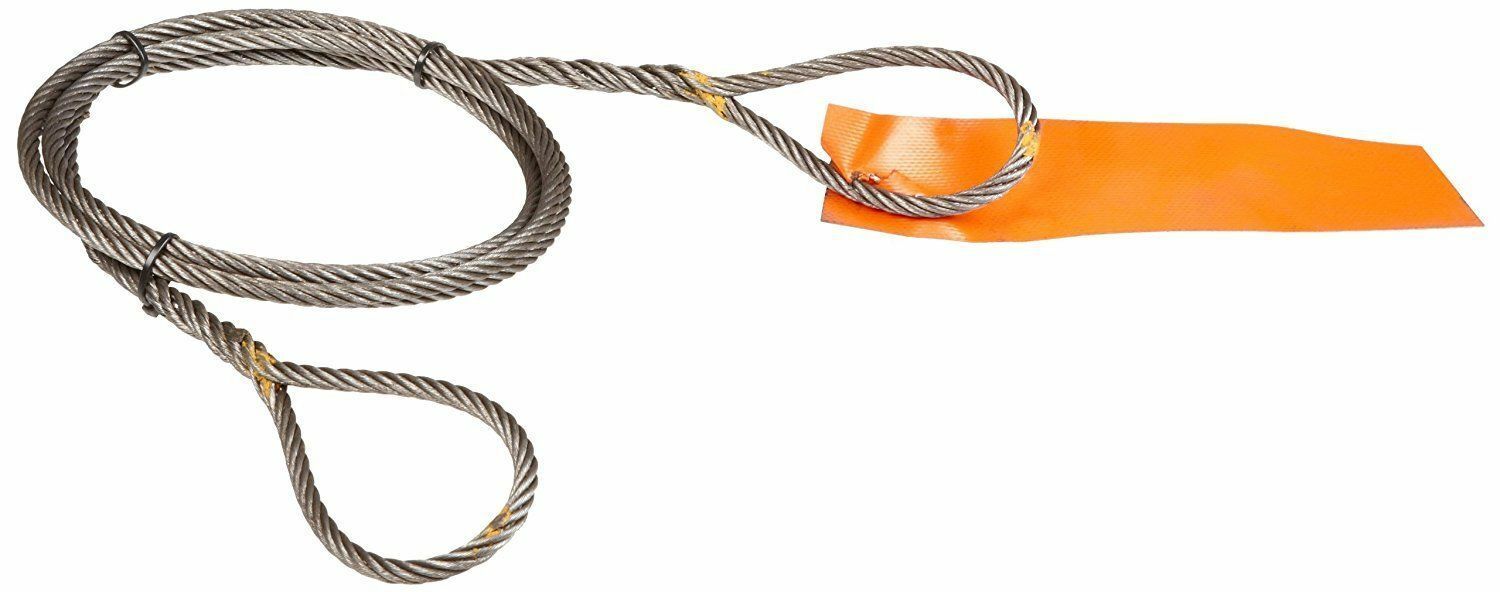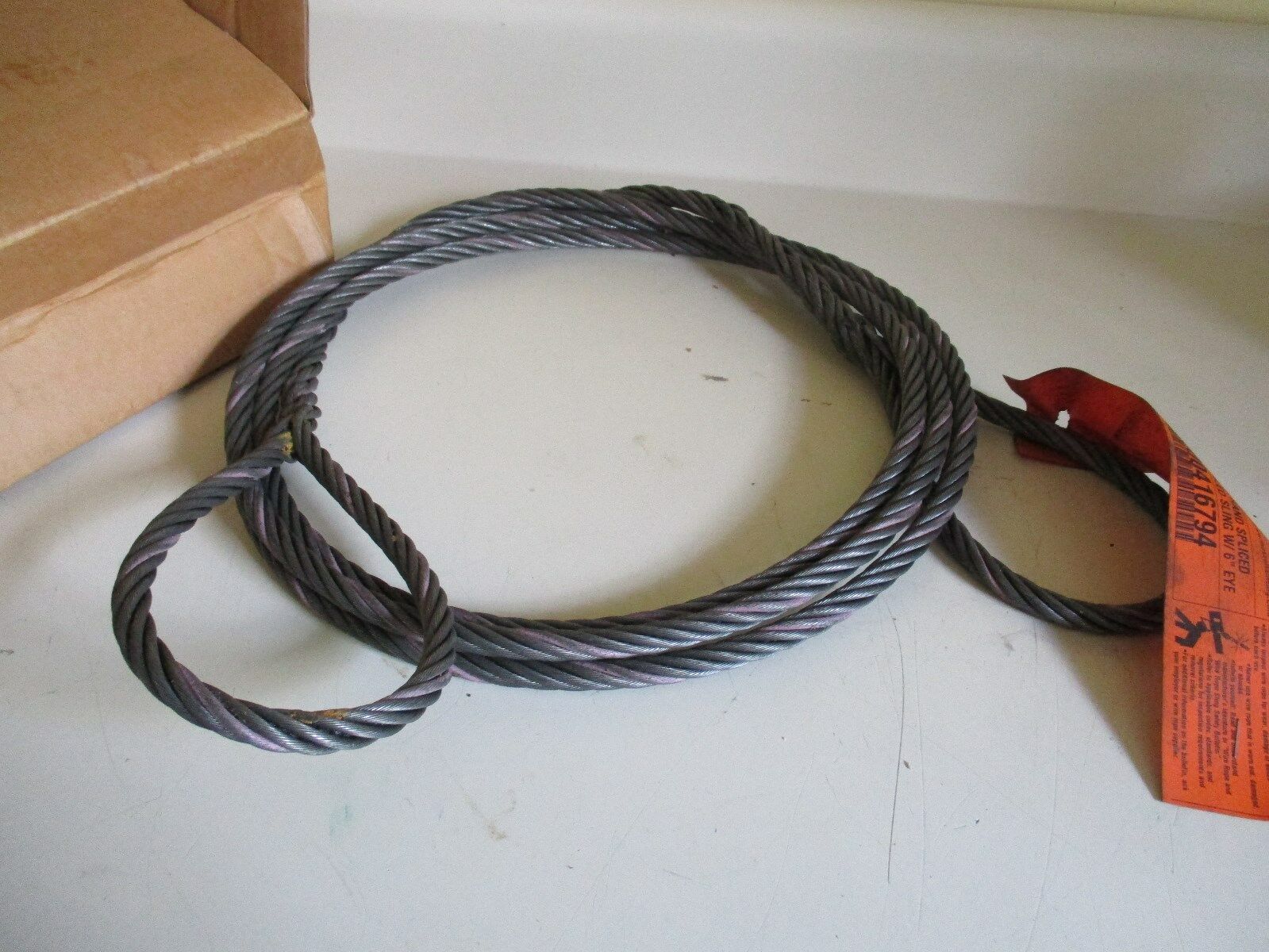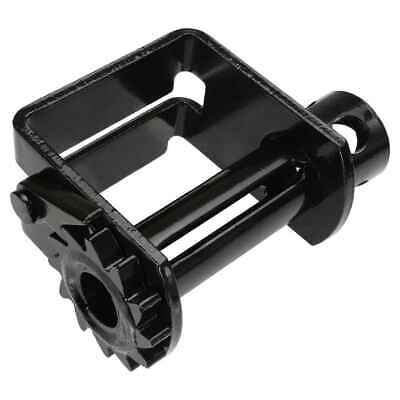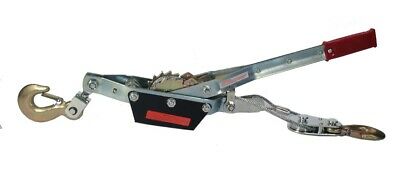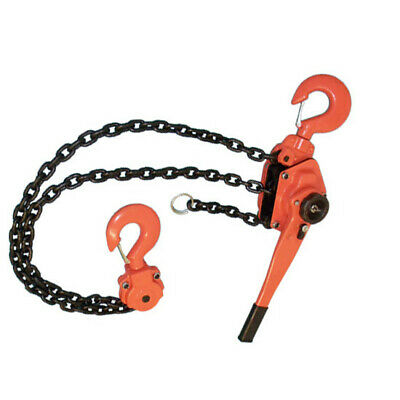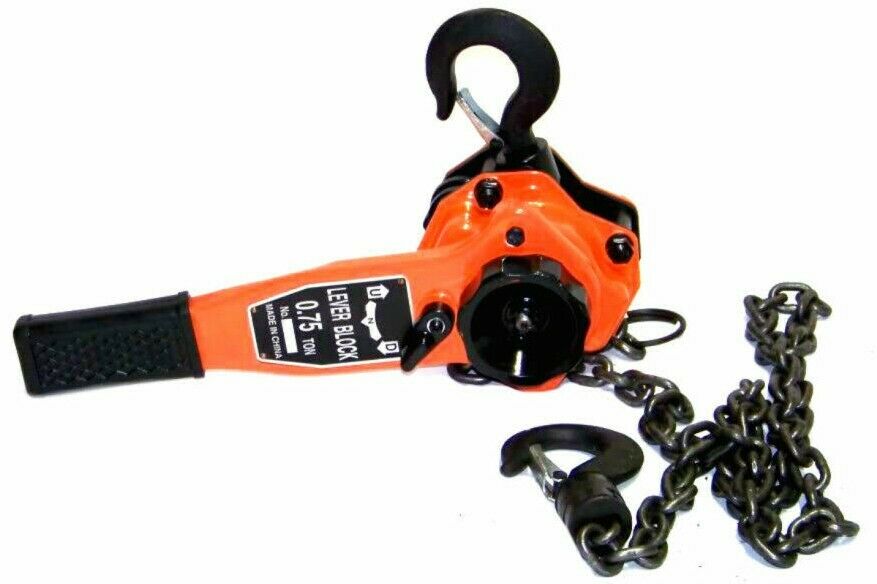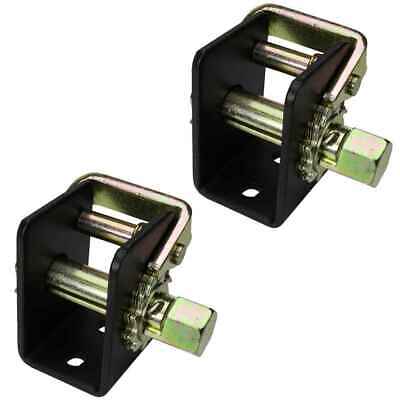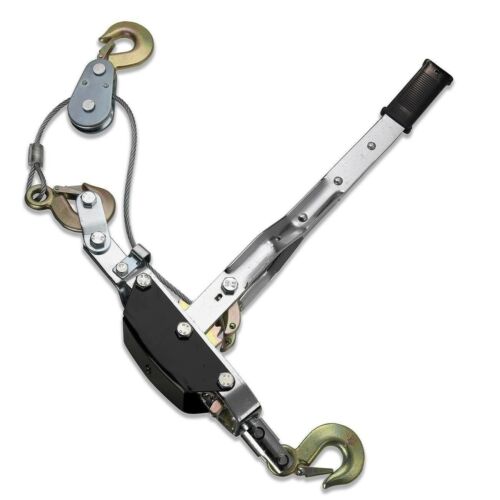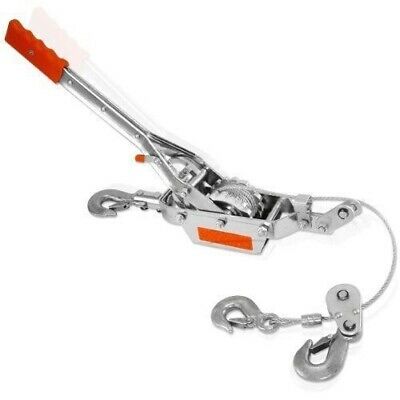-40%
Mazzella Hand Taper and Concealed Wire Rope Sling, Eye-and-Eye, 6 x 37 Fiber Cor
$ 16.89
- Description
- Size Guide
Description
Mazzella Hand Taper and Concealed Wire Rope Sling, Eye-and-Eye, 6 x 37 Fiber Core, 11' Length, 3/8" Diameter, 6" Eyes, 2400 lbs Vertical Load CapacityProduct features
Wire rope sling for lifting loads in industrial environments
6 x 37 FC (fiber core) construction for greater flexibility than an independent wire rope core of the same diameter
Eye-and-eye endings for vertical, choker, and basket lifting configurations
Hand (also called tapered) splice is easier to remove from beneath a load than a mechanical splice
Meets ASME specification B30.9 and OSHA specification 1910.184
Product description
The Mazzella 6 x 37 FC (fiber core) single-leg wire rope sling has eye-and-eye endings and a hand (also called tapered) splice for lifting loads with vertical, choker, or basket configurations in industrial applications. The 6 x 37 FC construction contains six strands of wire rope with approximately 37 wires per strand wrapped around a core made of natural or synthetic fibers. This provides more flexibility than an independent wire rope core of the same diameter. The wire rope construction has more abrasion and heat resistance than a web sling. This eye-and-eye sling has an eye, or loop, on both ends, and can be used with vertical, choker, and basket lifting configurations. The eyes are secured with a hand splice, in which the sling's ends are woven back into the body of the sling to form eyes. A hand splice sling is easier to remove from beneath a load than a mechanical splice and is more flexible than a mechanical splice sling of the same diameter. This sling has a minimum D/d ratio of 15 and meets American Society of Mechanical Engineers (ASME) specification B30.9 and Occupational Safety and Health Administration (OSHA) specification 1910.184.
Slings are used to lift heavy objects for industrial applications. Types of slings include web slings, wire rope slings, chain slings, and mesh slings. The appropriate type of sling for an application depends on the strength-to-weight ratio, flexibility and resistance to bending, resistance to abrasion and cutting, resistance to crushing, resistance to stretching, and resistance to high temperatures and other environmental stressors. Slings have one, two, three, or four legs; or a continuous loop of webbing or wire rope. Legs are support branches that extend from a single point at the top of the sling to the item being lifted so the weight of the load is distributed evenly among the branches. Slings have eyes (loops) or alloy steel fittings on the ends.
A vertical lifting configuration connects a crane hook directly to a load with a single, vertical sling, usually by means of a hook. In a choker configuration, the sling wraps entirely around the load, and one loop passes through the other to form a slip noose, or choker. In a basket configuration, the sling passes under the load and both ends of the sling connect to the crane hook. Load capacity is the maximum weight to be lifted in a vertical configuration. The capacity in a choker configuration is approximately equal to the vertical capacity times 0.8. The capacity in a basket configuration, with sling ends at a 90-degree angle, is approximately equal to twice the vertical capacity. Load capacity in a basket configuration decreases if the angle of the sling is less than 90 degrees. For example, a sling with a capacity of 2,000 lb. in a vertical configuration will have an approximate capacity of (2,000)(0.8)=1,600 lb. in a choker configuration and an approximate capacity of (2,000)(2)=4,000 lb. in a basket configuration, if the sling ends are at a 90-degree angle to the load. A wire rope sling's capacity in a basket configuration applies only when the configuration meets the sling's minimum D/d ratio, which is the ratio of the diameter of the rope's curve around the load (D) to the diameter of the sling (d). If the minimum D/d ratio is not met, the capacity of the sling is decreased.
